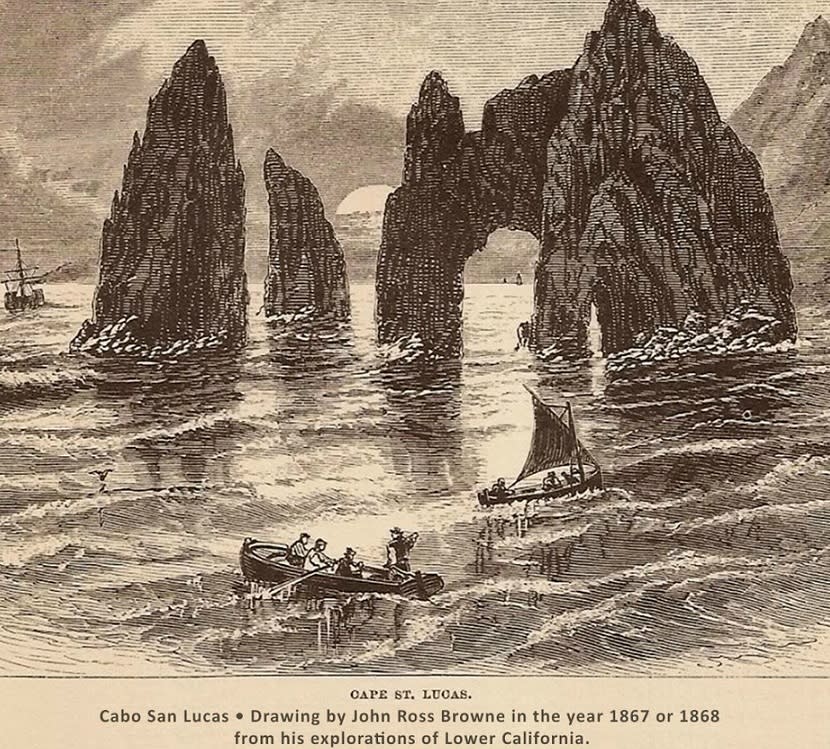Local Culture
When we visit Los Cabos, a site planned and developed from the ground up and where people from more than 20 different nationalities and different states of Mexico live, the local can be defined as cosmopolitan. And that’s part of the essence and appeal of Los Cabos.
But there is a fascinating history of the region, inhabited before the arrival of the Spaniards, and a history before the arrival of tourism worth knowing and recognizing.
Some parts of the region maintain a local, traditional and very characteristic culture of the country's north, with its own cultural expressions: the ranch culture.
History about Los Cabos' Civilization
The Pericues were first inhabitants of the Baja California Peninsula, and are believed to be direct descendants of the first inhabitants to arrive from Asia. Americas; they were located in different territories from Cabo San Lucas to San Jose’ del Cabo and Santiago, in addition to the Cerralvo Islands, Espiritu Santo and San Jose’, and research says they populated what we now know as the Médano.
In 1541, the sailor Francisco Bolaños baptizes this cape as San Lucas, in honor of the sanctoral day on which he arrives in the bay finding shelter in the middle of a storm; subsequently the area was transit of the Nao of China, until in 1730 it was founded of the Mission of San José del Cabo, which begins permanent settlements in the area.
In the mid-19th century Cabo San Lucas is considered a legal port, which generates an early growth in the area, and it was until the early 20th century that with the development of the industry the region flourished.
In the mid-20th century, tourism began to be a relevant activity, with the arrival of the first hotels, and from the 1970s onwards, investments were triggered that have made Los Cabos a leading region in global tourism.




